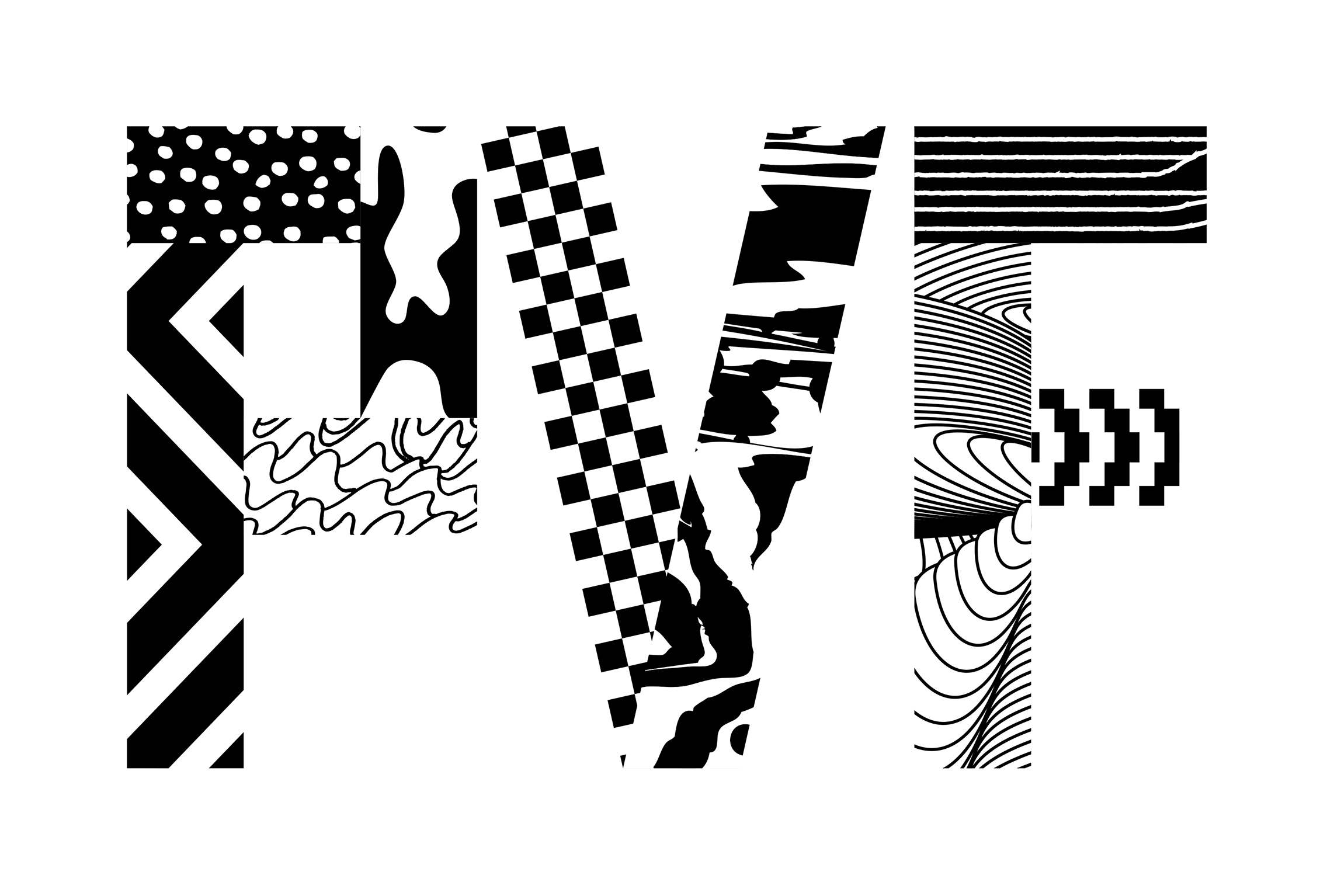Kerttu Matinpuro, Sanni Seppo & Mohamed Moulud:
Against the Silence with Photography
Against the Silence with Photography






“I am sure for you it has been exciting to see this kind of life, how we live here in the refugee camps in the desert. You had the chance to experience and photograph it, and now you go back. I stay here. For me, this is no longer exciting. Nothing ever changes.”
Mostafa, from Western Sahara
The Sahara, in the south-western part of Algeria, is known as the Devil’s Garden. In this desert, summers are unbearably hot and winters bitterly cold. Amidst the flatlands in the middle of the Saharan sands lie the Sahrawi refugee camps.
For these people from Western Sahara, this region was the only possible place of refuge when Moroccan forces invaded their homeland in 1975. Western Sahara had sought independence from Spanish colonial domination. War soon erupted, with Morocco, Mauritania, and the Sahrawi liberation front Polisario as the players. This led thousands of Sahrawi civilians to flee into the desert, across the Algerian border. An armistice was signed in 1991, and the United Nations took on the task of resolving the conflict peacefully.
However, it remains unresolved. Morocco still occupies Western Sahara. The rich fishing waters of Western Sahara and its abundant phosphate deposits make the area desirable. A Moroccan phosphate company recently donated a substantial sum of money to Hillary Clinton’s Presidential campaign, and the EU has signed fishing agreements with Morocco pertaining to the fishing areas that belong to the Western Saharans. The Sahrawi who live in the occupied territory are continuously subjected to serious human rights violations.
Kerttu Matinpuro (b. 1992) studies journalism in Moscow. Sanni Seppo (b. 1960) is a photographic artist. For several years, they have followed the situation in Western Sahara, and they worked together at a refugee camp in spring 2015.
HOMELAND
PVF 2016The Finnish Museum of Photography

